Today was a different kind of art day from the Big Famous Museum Art days! We got up and dawdled a little over tea and yogurt, and then took the 9:50 AM commuter train from South Station (only about 10 minutes from here) to the outskirts of Boston, to Framingham, which is a small city (not a town) about 40 minutes from downtown Boston with the remnants of a typical 19th century Main St. but not much more to offer except commuter residences that range from old mansions to snazzy new apartments and some pretty run-down stuff in between. We walked quite a bit of unspectacular residential roadway (just over 2 miles, with a surprisingly large number of dental practices along the way) from the Framingham station to the Danforth Art Museum, a small collection now affiliated with Framingham State University. An art historian who teaches at Framingham, Erika Schneider, met us there at noon, and gave us a tour of the one-room collection they have there of the sculptures of Meta Vaux Warrick Fuller (1877-1968), who lived in Framingham from ca. 1909 to the time of her death. She was a Black female sculptor in the generation AFTER Edmonia Lewis, and if you are curious about her life, check out my blogs about her on my Edmonia Lewis site, right here. She is not very well known, but I’ve studied her and read most things in print about her for the past two years. It was just my luck that during the pandemic, I “met” several Fuller scholars at online events for art historians studying American sculpture before 1945 (a fairly small but determined group of people!), and that Erika, who is one of them and who is working on a website that provides digitized images and all the available documentation on these and additional works, offered to show me the various Fuller treasures in the museum AND around town.
The one room at the museum with Fuller’s works (mostly donated by her family after her death) had probably a hundred separate works in it, many of them small plaster and clay figures, some of them the molds of works she cast in plaster. There were several drawers with medallions and other relief work as well, including a small plaster version of her most famous piece, Ethiopia Rising, and a very small plaster version of the big bronze that I went to see, Emancipation, where a threatening hand over the figures is much more visible. There was also a piece I had never seen, a recent donation called The Slave Ship, barely 5 inches high and reminiscent of a Roman sarcophagus with bas- relief figures–but just so much more intense. The room also included a recreation of Fuller’s studio in the attic of the Framingham home where she lived with her husband, her three kids, and the niece she adopted. That was fascinating, especially because it included more works and molds, including that for a large medallion or plaques of Frederick Douglass, Sojourner Truth, and Harriet Tubman.
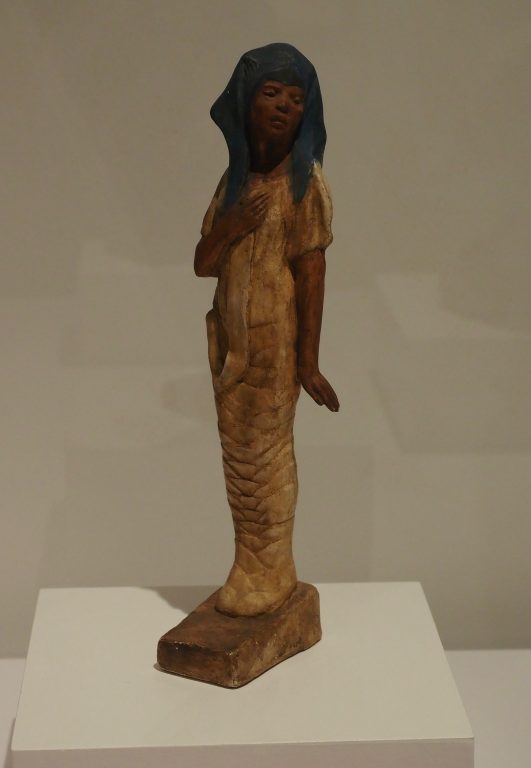
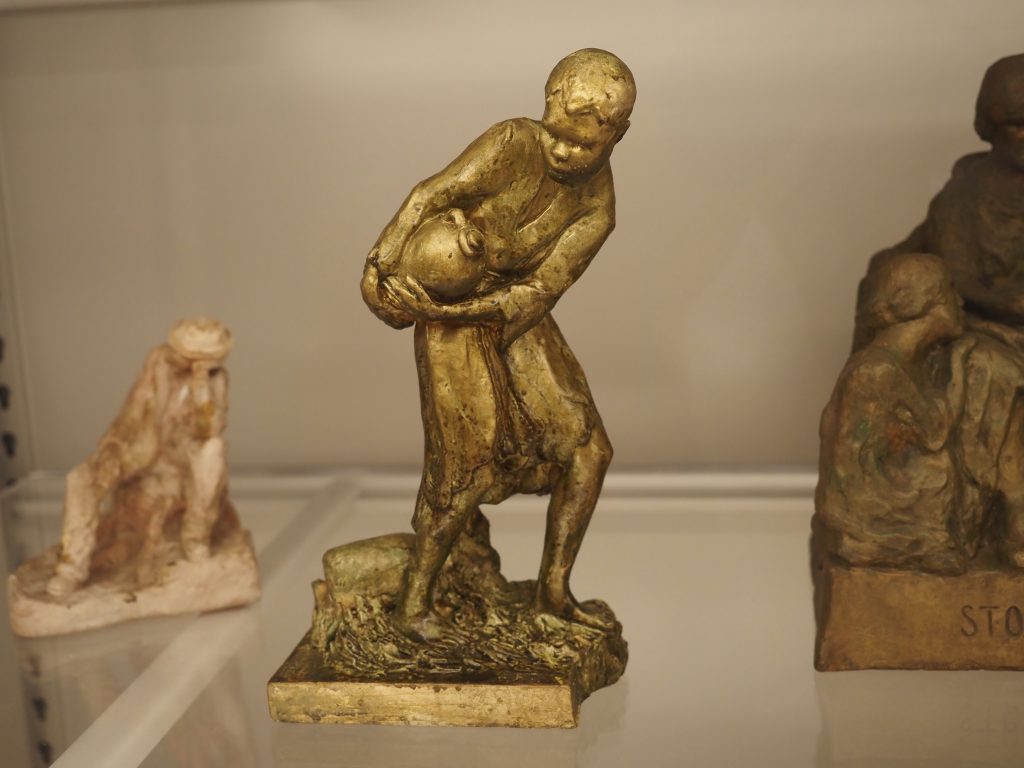
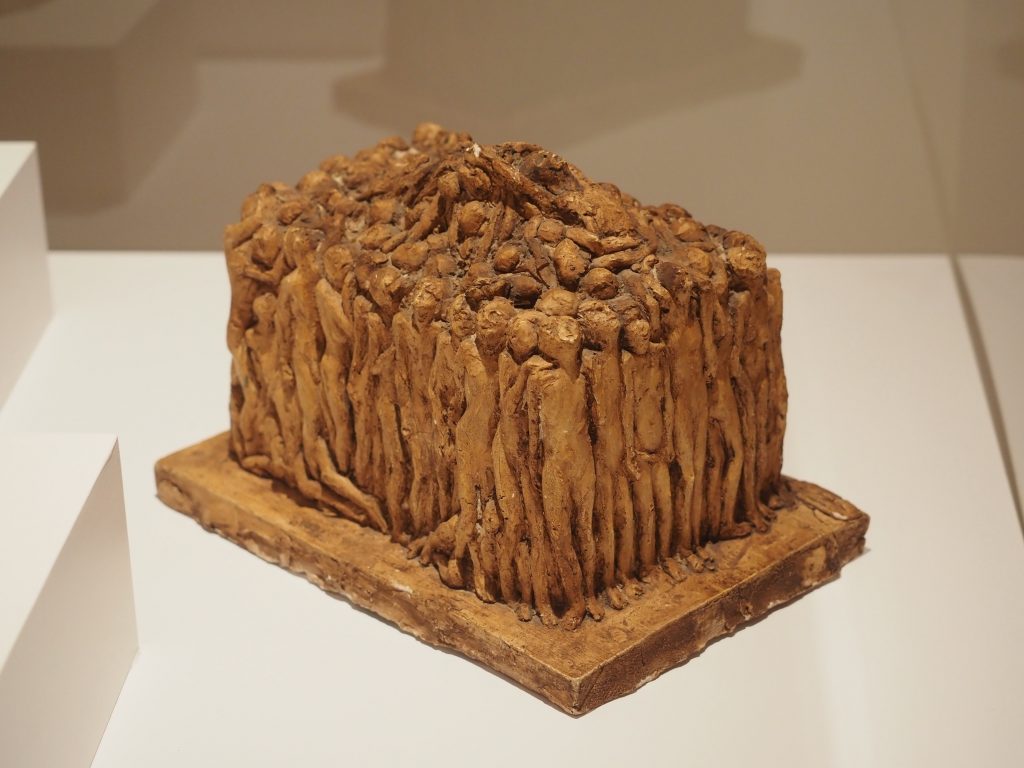
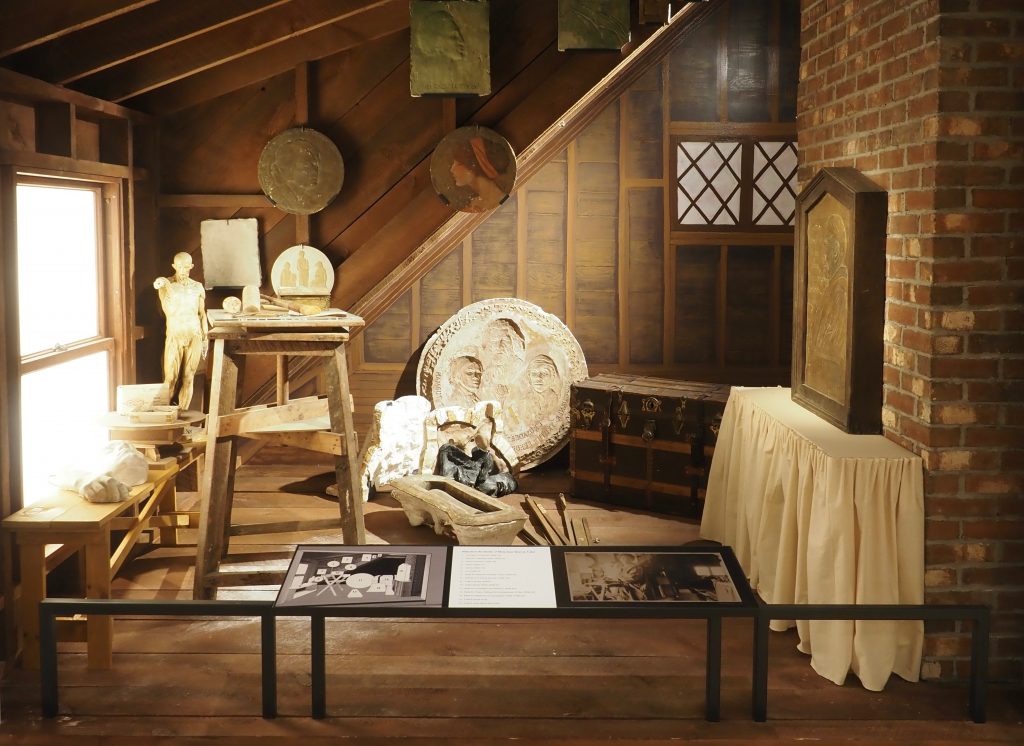
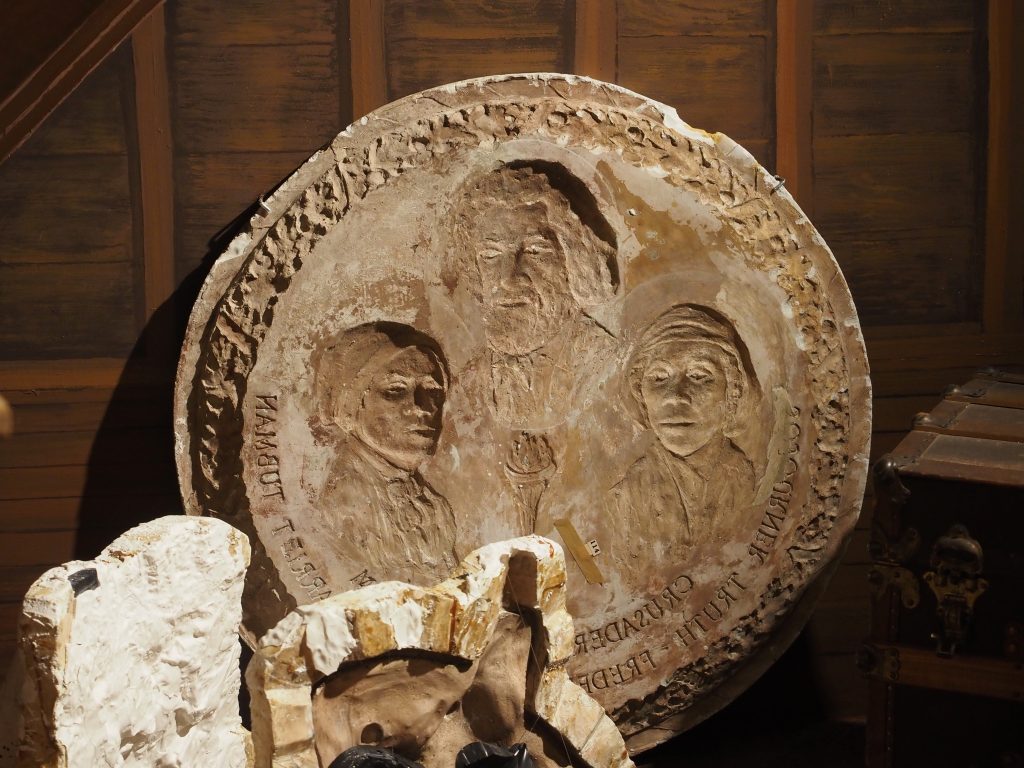
We later saw the actual casts of two of these, Douglass and Truth, at the local middle school, brand new and named after Fuller. One of her grandchildren donated four works to the school, and although I’m sure that the preteens walking by the display case mostly ignore the presence of famous art, you never know. Another bronze cast of one of her small works, Story Time, is in the children’s section of the local public library, and apparently fascinated one of the kids so much that she made a poster to go with it. That was adorable.
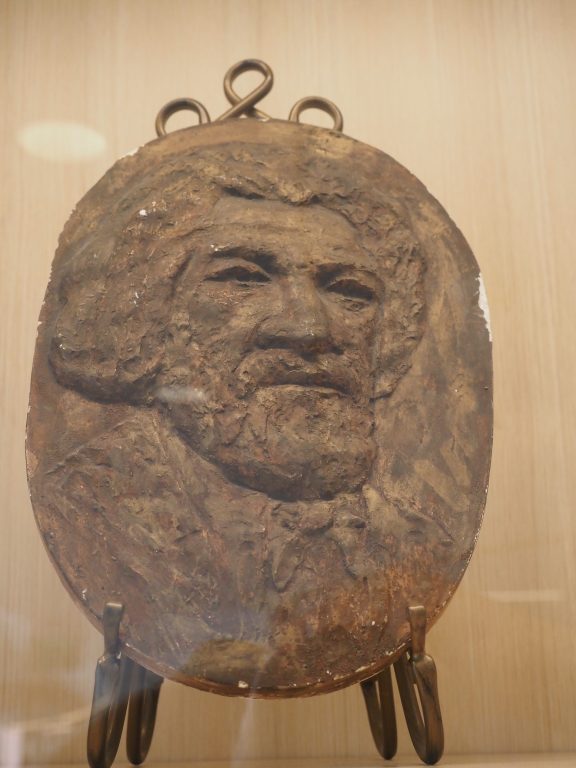
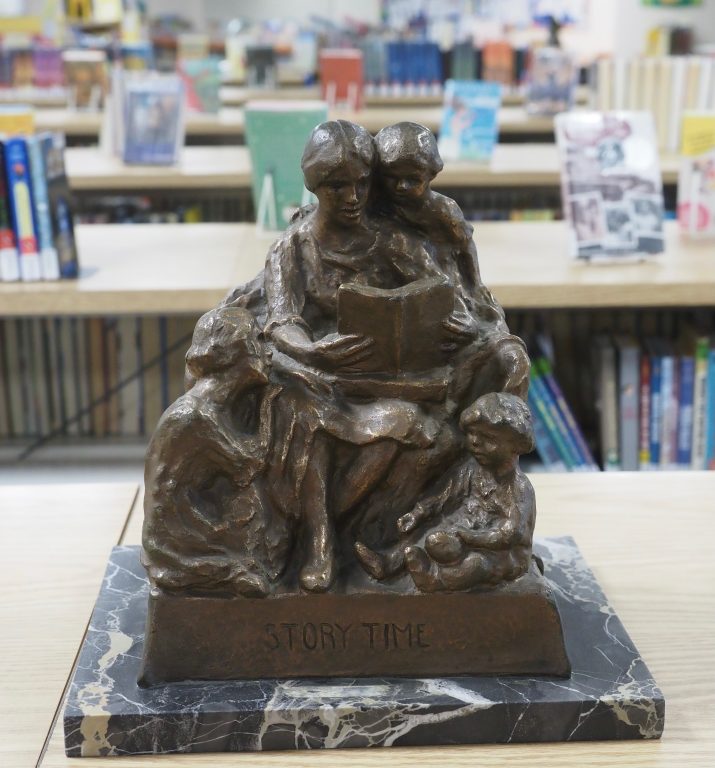
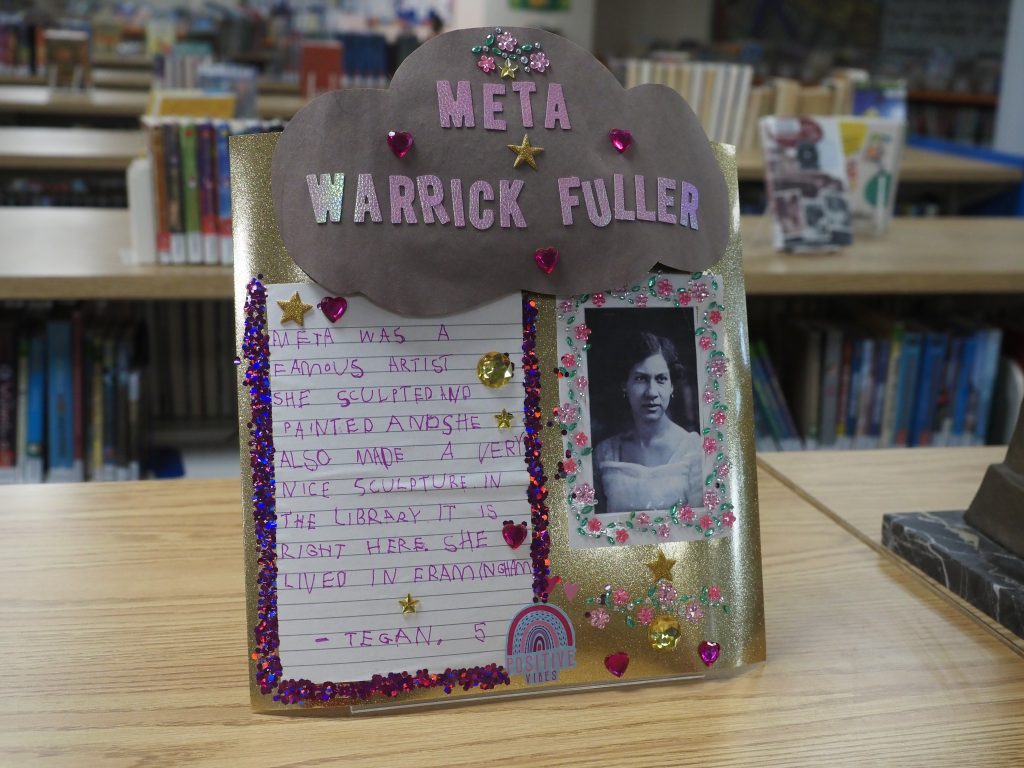
We also got to see a couple of additional works in the Episcopal church Fuller attended (the pastor or rector, an older woman who said she had only been there for a month, was very curious), and Erika took us past her house and the studio that she built nearby for herself in the 1920s, and that is now (in expanded form) someone’s home. Then Erika took us back to the train station, and after a snafu with a train that was leaving from the wrong platform and that we therefore missed, we caught a train back to Boston at 4:40. I have to say that I’m not nearly as impressed with the public transport AWAY from downtown Boston than I am with the walkability OF the downtown!
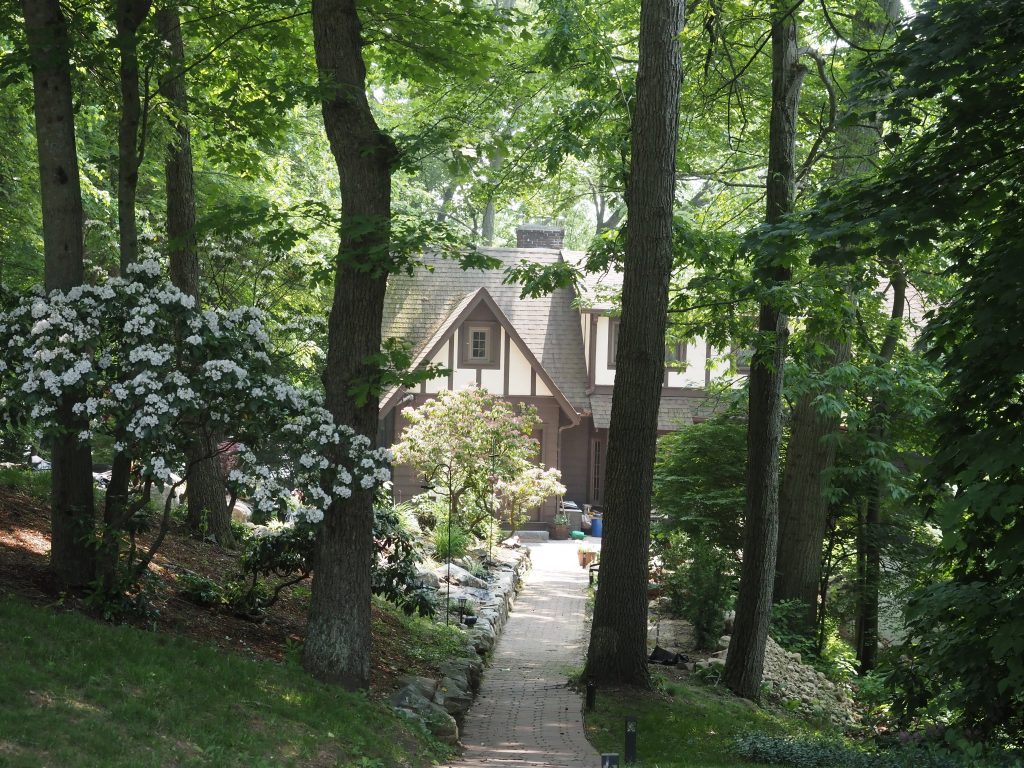
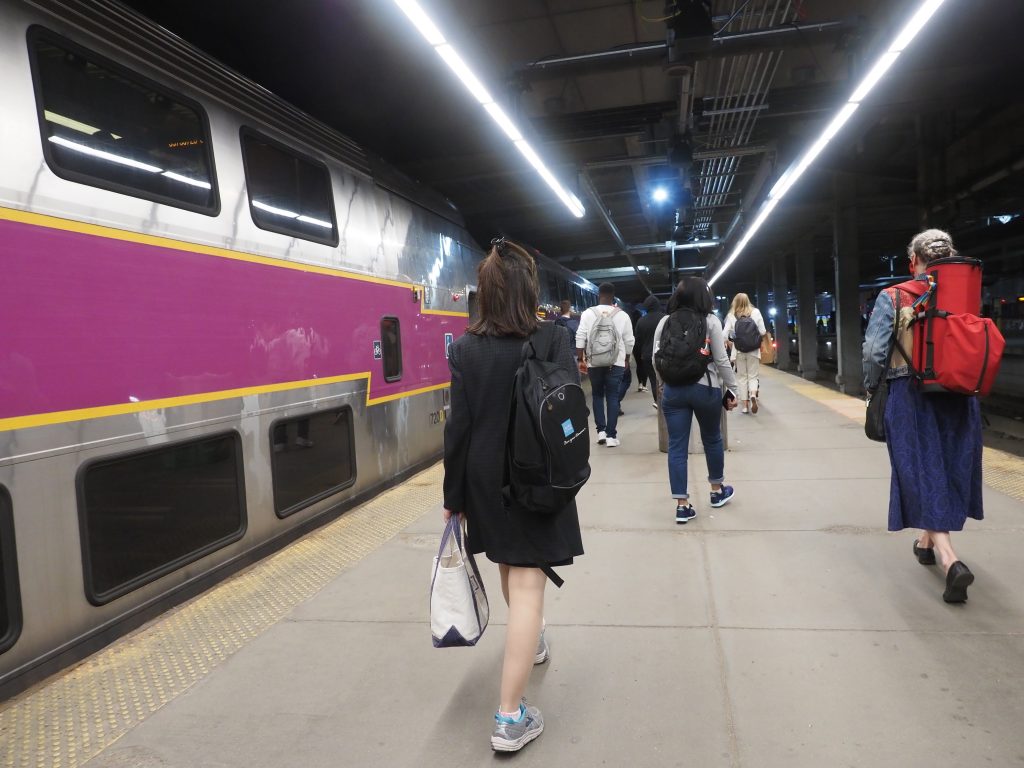
We wrapped up the day with a meal inside the Quincy Market near the harbor, the historic market hall where we had found our gelato yesterday. I finally had lobster-related food (a lobster bisque in a bread bowl) and Mark had mac and cheese; the dessert was another round of the gelato from yesterday. It was all yummy, and after splitting a small pizza for lunch, we needed a sizable dinner! It was a bit nippy out (lower 60s and windy near the harbor), so we sat indoors under its central dome. The entire area was not nearly as crowded as yesterday, and there was only one street performer (playing guitar), although there were still plenty of people milling around. We then walked the ten or so minutes back to the Boston Common, and sat there for just a little bit in the same spot where we sat on previous evenings. Except tonight we had a baggie of oyster crackers I didn’t use in my soup, and we could finally feed the little “blond” squirrel that has been asking for food everyday. We are always suckers for hungry squirrels, even in Boston.
